Since it was a huge and long work on this project, but some time has passed, I will try to collect here all the stages from the first ideas to implementation and evaluate my media, methods, content...
The first formulations of this project appeared at the beginning of 2023 for the HE5 Sculpture 2. Studio Practice course in OCA.
Since my motivation back then was already to work on the topic of "ecology of mind" and around the topic of war, I initially planned to involve people in the creation of this work with the goal of conducting a Platonic dialogue and thus improving man and the world around us.
More about initial idea and plan: https://www.marinawittemann.com/post/parallel-project-through-the-relational-aesthetics-to-the-individual-ecology-of-mind
Then a few months later in 2023, I did my first test of this kind of collaborative work with an audience.
This was the first panel for my future installation.
But this approach didn't work at all. It was all wrong. The dialogue was about everything but not about the things I wanted to discuss, and then there was no interest. Also the quality of my work has changed significantly. I didn't take this into account at first - I thought it was very easy to fold a wet sheet of paper into a wave. It turned out not to be.
And after that, the project just waited for its evolvement...
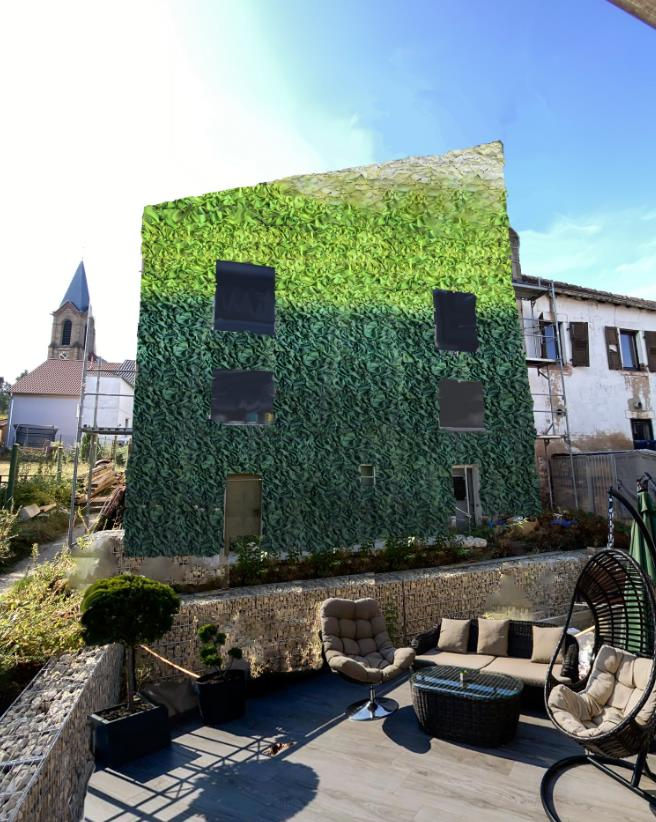
During this time, I was haunted by the idea of a big work. It was important for me to take my color fields out of the "commercial works" zone (that's how the audience saw them, not noticing the deep meaning of the material and the efforts expended and the theoretical basis).




I have submitted numerous applications for the implementation of such a project, but all to no avail. And to each one I attached the described concept and idea.
Then in mid-2024 I just made the decision that I would start producing these panels and install this work on the wall of my house. The location is not ideal, but I really wanted to test this whole concept.

But when the work began to physically grow in my studio, I realized that it deserved something more.

And I started looking for a place, I wrote to many construction companies and contacted the city administration.
Through mockups I realized that this work should be placed on something opposite to itself. Ruins, a construction site, or a building with graffiti... I was looking for something destroyed, dirty, unattractive, eternal...
And here's a miracle - I received a response from my city.
But it was necessary to get approval from the city administration, for this I prepared a presentation with a full description of the project from inspiration to implementation and deconstruction.
And my project was approved.
Two weeks later the installation began.
This project took me to another level.
Read the full official public description of the project here: https://www.marinawittemann.com/projects
First of all, I realized that happiness is not a goal, but a path.
I probably haven't experienced such pleasure working with the city staff who helped me set up this project in a very long time. We started at 6am, worked panel after panel and I talked about the essence of the event the whole time and we joked a lot.
After the official opening of the event, I felt despondent and empty.
It was a great pity that everything... the whole project was finished, now I can only watch and then dismantle it.
I realized that when the day comes for what I strive for in art, I will probably experience the same feeling, so the goal is most likely more correctly considered the process of work, creation, research, learning, teaching and others - and that's it.
Secondly, I need to be prepared for public opinion. Most likely, not everyone will like what I do. In my case, this building, after almost 50 years of desolation, is finally being restored and put back into operation. This costs a lot of money from the region and the city, and therefore there is an opinion that this should not be done. The restored building is expected to house a museum of local famous artist, and then temporary exhibitions of contemporary artists.
But when I published my project, people commented something unimaginable. As if I used taxpayers' money to create this work, although I completely financed this project myself and the city simply helped with the installation.

Thirdly, this project linked my colour fields and sculptures together. By photographing elements of my canvas works and the graffiti wall, I saw the connection between the ethereal and the processed, the ephemeral and the constructed, the rigid yet natural world. It's like feelings and logic. This is how I see this connection, through the description of my works.
Fourthly, the vandalism that happened to my two bottom panels made me realize that I thought very well of people and was confident that they would not destroy art. Since I was initially interested in the global question of how war and aggression can be directed and supported, I saw in this an immediate potential for my further research. In my final essay for the previous two courses I used more theoretical ideas from Deleuze and Massumi, now I want to apply more biologically and psychologically based views on aggression and destruction. This will be part of my subsequent publications in this blog.

Fifth, I thought it would be great to continue this project and not just end it with an uninstallation and upcycling. I have already tried recycling simillar artworks into new paper and it looks very promising.
And I had the idea to bring these panels to the gallery in Stuttgart where we are planning my next exhibition. More ifo here: https://exo-gallery.com/resonance-valo-wittemann-2/
For the Resonance duo show, where both auditory and visual elements are explored, bringing my Temporary Permanence panels into the gallery offers a significant opportunity to expand on themes of resonance—both in terms of sound and perception, but also through the metaphorical resonance of ideas, histories, and emotions contained within my materials. By placing these panels inside the gallery, the shift in context enhances their meaning and aligns with my ongoing research on media, propaganda, and violence.
The resonance here is not only literal but also conceptual. The panels, initially exposed to environmental forces like wind and rain in the outdoor setting of Baumwollspinnerei, carry the mark of temporality and fragility. The acts of vandalism—ripped newspapers and almost-destroyed panels—become symbols of violence, not just against the artwork but against the narratives and truths that those newspapers hold. In this way, my work engages with resonance as an ongoing reflection on media’s role in shaping perception and the fragility of truth in the face of conflict and propaganda.
By bringing these panels inside the gallery, their resonance is deepened through contrast—once outside, now sheltered. This act echoes my research on the transient versus the permanent, drawing on ideas of preservation, memory, and the tension between exposure and protection. The resonance with Valo Valentino's sound-based practice (the second artist with whom I will have the exhibition) further complements this, as the vibrations of sound can be likened to the visual and emotional ripples created by my newspaper works. Just as sound waves can leave invisible imprints, my Temporary Permanence panels reflect the invisible yet powerful impact of propaganda, media, and societal violence on the individual and collective consciousness.
In the gallery, these panels serve as a visual metaphor for how ideas and perceptions are shaped, distorted, or even destroyed by external forces. Their resonance is not just heard or seen, but felt viscerally by the audience, aligning perfectly with the central theme of the show—how unseen forces (whether sound, colour, or ideas) shape our understanding of the world.
Additionally, I will support the development of this topic with photographs and videos of this installation.
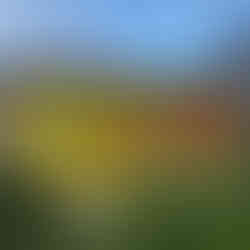









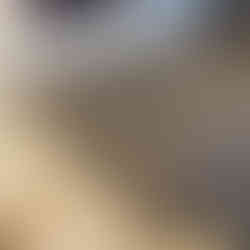












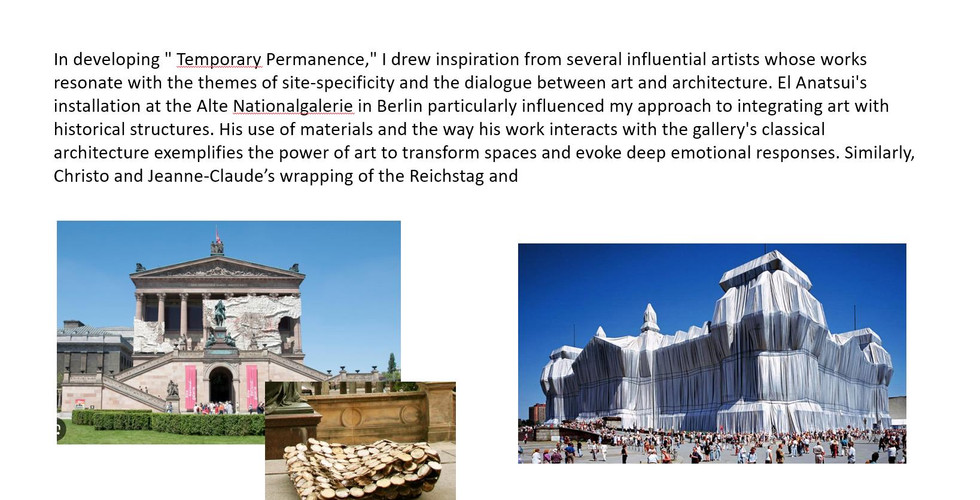



















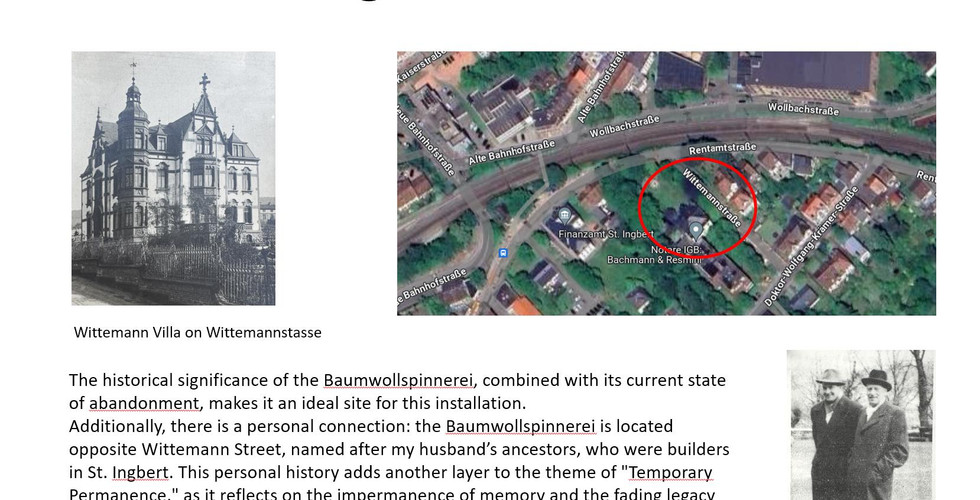









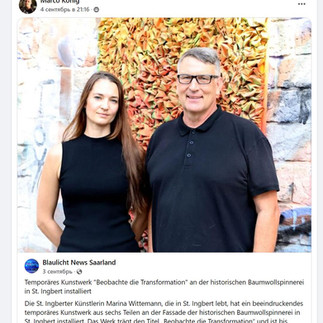



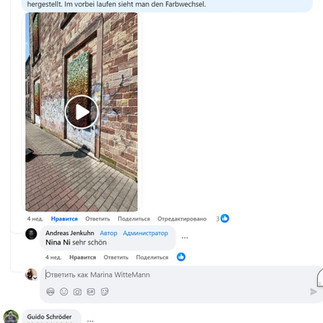












Comentarios